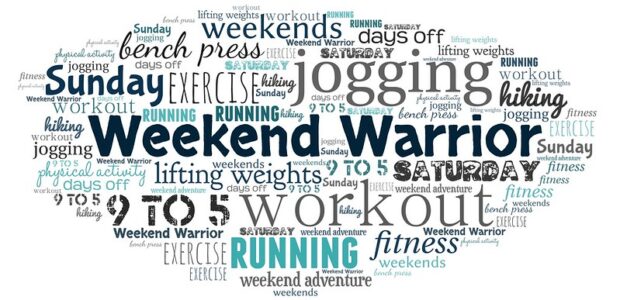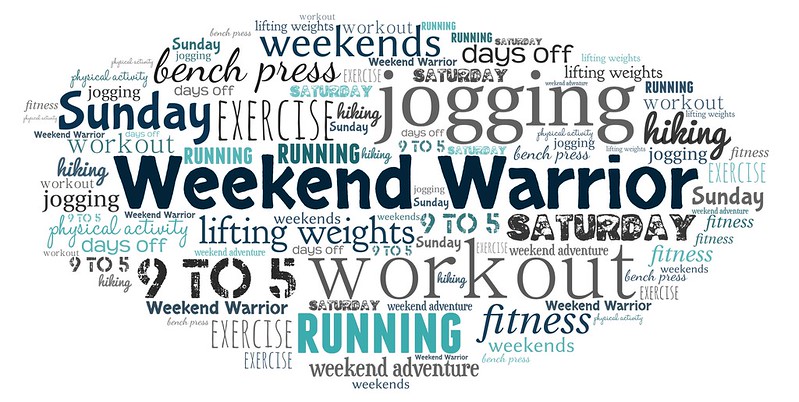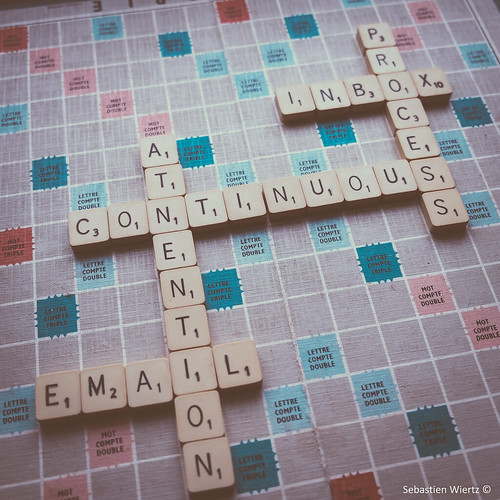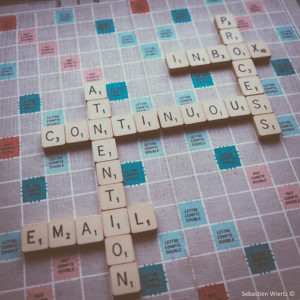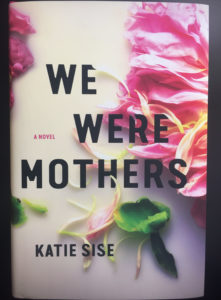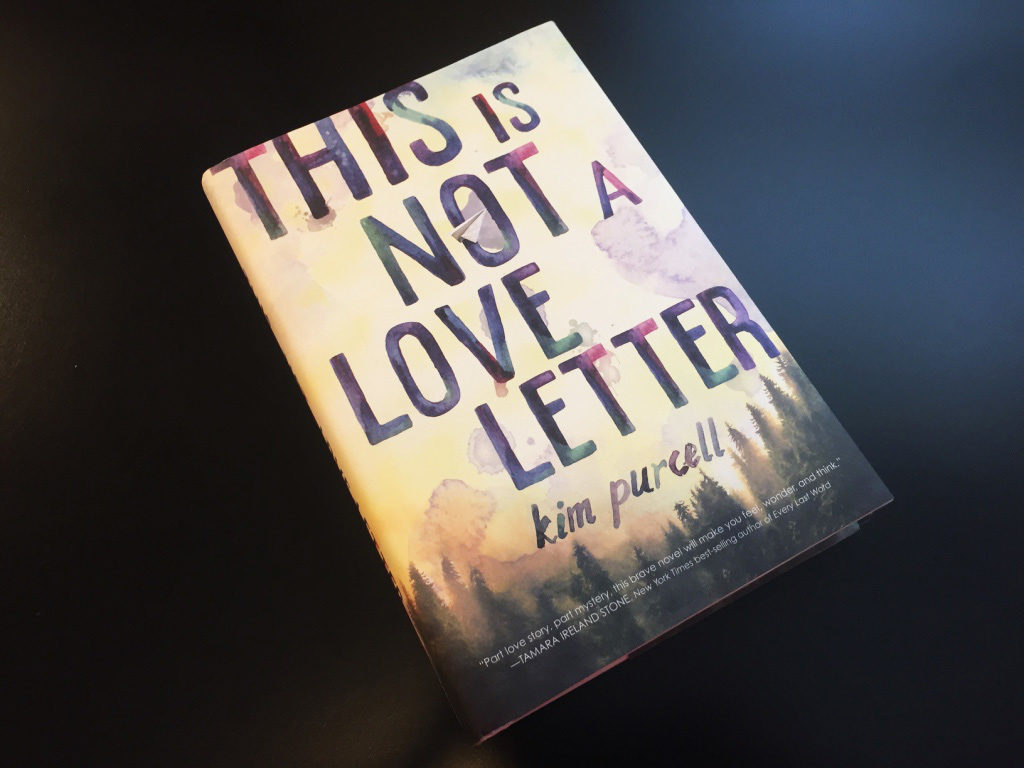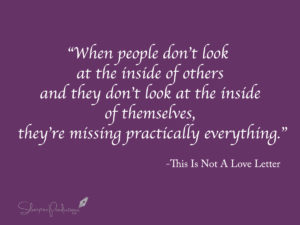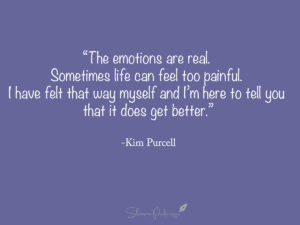 The world has never felt as unfamiliar as it does in this very moment in history. Because that’s what this is—a moment in history, and an important one at that. We’re likely going to be talking about the year 2020 (& 2021) our entire lives; the pandemic, the political landscape, the fight for human rights and the way our lives as individuals have changed, both for now and for good, will never lose its luster or its lessons.
The world has never felt as unfamiliar as it does in this very moment in history. Because that’s what this is—a moment in history, and an important one at that. We’re likely going to be talking about the year 2020 (& 2021) our entire lives; the pandemic, the political landscape, the fight for human rights and the way our lives as individuals have changed, both for now and for good, will never lose its luster or its lessons.
That being said, the fact of the matter is, nobody knows what the hell is going on. We’ve weathered odd and difficult changes on an individual level—i.e., Working from home with a house full of kids trying to learn remotely, not leaving the house for days at a time, the change in your kitchen’s semblance since you grew a stockpile of masks, sanitizer, and Lysol. Then there’s the virus itself and the way it’s ripped through the world like a tornado, leaving in its path a wreckage unlike anything we’ve ever seen. From the hundreds of thousands dead to the unemployment rate that took just a few months to grow higher than it did during two years of the Great Recession, it feels like America is burning. Literally—did someone say wildfires?
And this is where I get to the point: Keep a journal right now.
We’ve never had so much to talk about and fewer people to talk about it with. Even if we could gather in numbers, there’s something special about writing our thoughts down for just us to read. It helps us process internally what seems impossible to process out loud. And these journals are already useful to historians. So, for history’s sake, keep a journal. Here’s why:
For Now…
It helps us make sense of things. When we write our thoughts down, we’re laying them out before us in a way that makes sense. There’s a sort of reification process that occurs when we put our ideas, emotions, thoughts, and stories to paper; journaling introduces an aura of objectivity to our own thoughts that allows us both thoughtful separation and deep connection to our thought processes and emotions. And during a time like this with so much change, anxiety, and separation from others, this process is even more sacred.
It has therapeutic potential. This free-flowing expression of thoughts and emotions for your personal keeping along with the ability to look back on them more objectively holds a lot of therapeutic value, especially during a time when traditional therapy is unsafe. The act itself feels like giving yourself full permission to let everything out, then sitting in a room with your own thoughts. It promotes self-reflection, validation of your own emotions, and eventually, self-healing. But just like normal therapy, you get out of journaling what you put in; if you treat it like a chore and simply log the day’s surface level behaviors, it can feel like a waste of time. On the other hand, if you dive in head-first and let your every emotion and thought out, it can be a deeply cathartic experience and a mindfulness tool you carry the rest of your life.
It promotes creativity. Whether you’re a professional creative or you just feel stuck during these grim times, putting a pen to paper with expression in mind will jumpstart your sense of self and activate your creative mind. For those of us who have spent too long shut in at home, reminiscing about the days of social interactions, road trips, live entertainment and more, journaling gives us an opportunity to re-live what once was, plan for the future, and kickstart the present. As a songwriter, journaling brings me inspiration and clarity. For others, the act of journaling itself is a breath of fresh creativity. Also, make your journal your own; add in newspaper clippings, drawings, doodles, stickers, pressed flowers on your pages—don’t be afraid to express through more than just writing.
For Later…
You’ll cherish it forever. In a Boston Globe article on journaling, associate professor of history at Northeastern University Victoria Cain said, “[Journals] remind us of our common humanity across time and space, and that's something that we will always need as human beings.” What you write down on the page will outlive all the news headlines, CDC updates, and yes, your social media posts. Obviously, these things will be one click away forever, but the intimacy of your own writing about your own experience during this pandemic will be the most vivid and accurate account of what this pandemic was really like. The world is aware of the statistics and the play-by-play on how our country’s government adapted social distancing guidelines and mask mandates to fight the pandemic. What will be missing is the individual accounts of life during these times, your own experience as a citizen whose life was put on hold. Your journal from this time will be something you and your family will be able to look back on for generations to come."
It’ll be useful to historians. Daniel Defoe journaled through the Great Plague of London, Anne Frank’s diary gave insight into the true terrors of World War II, and Nelson Mandela kept journals though apartheid and his twenty-seven years in a jail cell. The information and experiences kept in writing by these individuals have helped historians piece together the full picture of crucial moments in history for hundreds of years.
Historians and scholars have already put together case studies in journaling during the pandemic, asking hundreds of people to keep a journal during this time for later analyzation. For example, a team of historians at Arizona State University put together A Journal of the Plague Year: An Archive of Covid-19, a virtual archive of journal entries, from typed text and photos of written entries to videos and memes. It has since received almost 8,000 submissions from around the world. Similar to ASU’s archive, The Smithsonian’s National Museum of American History said in a statement that “Museum staff is working to formulate a plan that achieves a balance between the urgency to document the ephemeral aspects of the historic turning points as they happen, and the need to provide a long-term historical perspective.” Every account of real-life experiences during the COVID-19 pandemic will be highly useful to historians when it comes to piecing together a communal history of the outbreak and life thereafter, which will help lawmakers, researchers, and the public better understand how COVID-19 affected our lives as individuals and as a nation.
So, whether you’ve been meaning to keep a journal for years or you consider yourself the furthest thing from a writer, do both your present self and future historians a favor by writing in this moment. And when this is all said and done, you’ll have a log of your thoughts, the day’s on-goings, and your feelings, which I can only assume you’ll look back on one day with 2020 vision. (Too soon?)
-Tess Howat
Photo Credit: shixart1985 Woman drinking coffee and writing in journal via photopin (license)
 Sometimes it seems like life only ever gets busier, and worse yet, that there’s no way to keep up with it. Truth is, though, with some good habits, you really can juggle all of the events in your active and sometimes hectic life. The effort that goes into building these good habits will be beneficial in the long run!
Sometimes it seems like life only ever gets busier, and worse yet, that there’s no way to keep up with it. Truth is, though, with some good habits, you really can juggle all of the events in your active and sometimes hectic life. The effort that goes into building these good habits will be beneficial in the long run! 







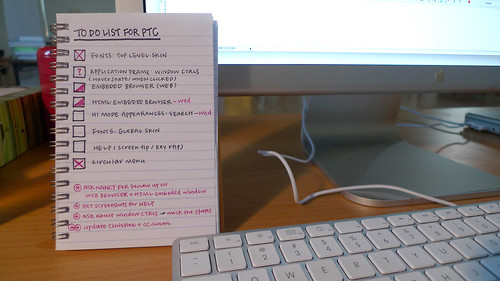











 Prioritizing your own well-being is hard.
Prioritizing your own well-being is hard.







